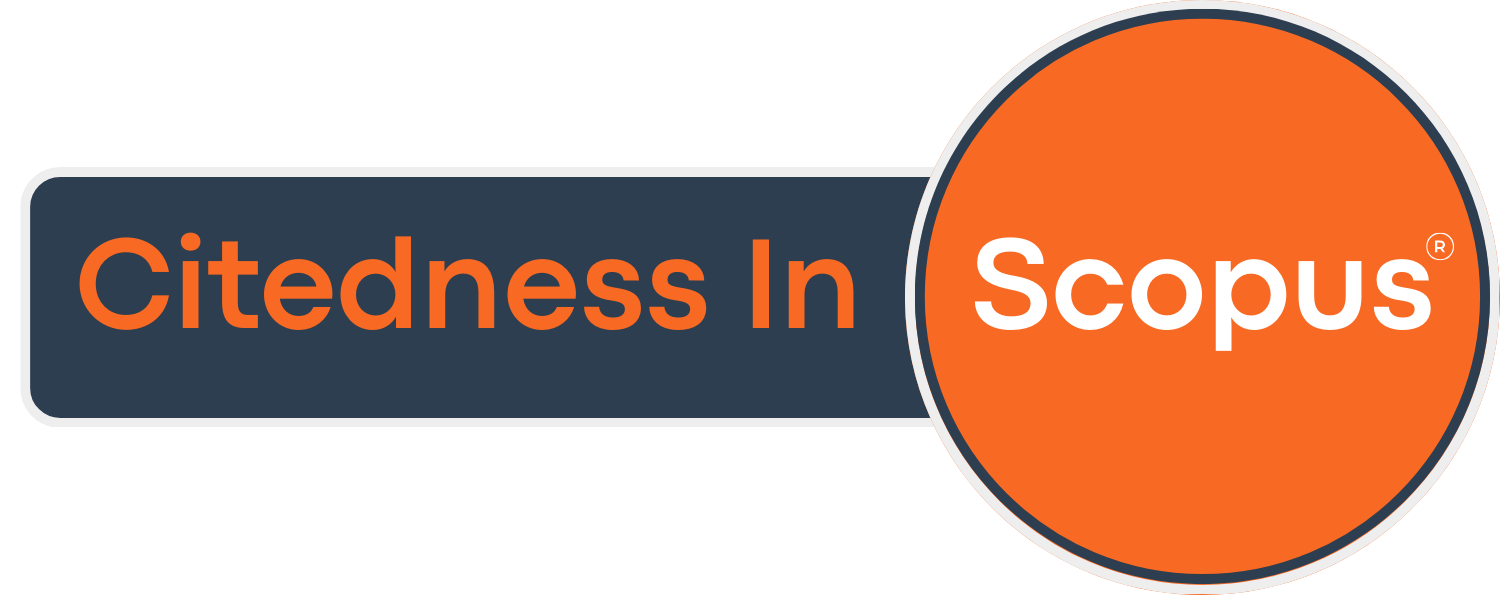Upaya Pemurnian Landfill Biogas Menggunakan Metode Adsroben Steel Wool
An Effort of Landfill Biogas Purification Using Steel Wool Absorbent Method
DOI:
https://doi.org/10.21070/r.e.m.v6i1.1404Keywords:
water heating test, pemurnian biogas, steel wool, nilai kalorAbstract
Nilai kalor yang dimiliki oleh biogas sangat mempengaruhi lamanya waktu proses pembakaran. Beberapa penelitian telah dilakukan untuk meningkatkan nilai kalor yaitu dengan menurunkan kadar zat pengotor yang terkandung bersama biogas. Dalam penelitian ini dilakukan upaya peningkatan nilai kalor biogas dengan menggunakan steel wool sebagai adsorben dengan variasi massa steel wool (500 gram dan 600 gram) dan variasi laju aliran biogas (1 lpm, 2 lpm, dan 3 lpm). Peningkatan nilai kalor biogas sebelum dan sesudah pemurnian ditentukan dengan water heating test. Hasil penelitian menunjukan peningkatan nilai kalor diperoleh pada filter dengan massa adsorben 600 gr dan laju aliran biogas 1 lpm, dimana nilai kalor meningkat sebesar 36.19%. Sedangkan filter dengan 500 gr steel wool adsroben dan laju aliran biogas 3 lpm, menghasilkan peningkatan nilai kalor terendah yaitu sebesar 4.46%. Hasil eksperimen menunjukan peningkatan nilai kalor semakin tinggi jika laju aliran biogas makin rendah melalui kolom adsorben dengan massa steel wool yang semakin tinggi.
References
[2] C. N. Ketut, S. Agung, H. Heri, and P. M. Permana, “Time Management of an Anaerobic Solid Waste Digester With Leachate As A Starter To Obtain The Continuous Biogas Production,” pp. 1–4, 2017.
[3] C. N. Ketut, S. Agung, P. Mekro, H. Heri, and Bachtiar, “The flame characteristics of the biogas has produced through the digester method with various starters,” IOP Conf. Ser. Mater. Sci. Eng., vol. 299, p. 12091, 2018, doi: 10.1088/1757-899x/299/1/012091.
[4] T. M. Gantina, P. Iriani, Maridjo, and C. K. Wachjoe, “Biogas purification using water scrubber with variations of water flow rate and biogas pressure,” J. Phys. Conf. Ser., vol. 1450, no. 1, 2020, doi: 10.1088/1742-6596/1450/1/012011.
[5] M. B. Kulkarni and P. M. Ghanegaonkar, “Hydrogen sulfide removal from biogas using chemical absorption technique in packed column reactors,” Glob. J. Environ. Sci. Manag., vol. 5, no. 2, pp. 155–166, 2019, doi: 10.22034/gjesm.2019.02.02.
[6] R. K. Kashyap, P. Chugh, and T. Nandakumar, “Opportunities & Challenges in Capturing Landfill Gas from an Active and Un-scientifically Managed Land Fill Site – A Case Study,” Procedia Environ. Sci., vol. 35, pp. 348–367, 2016, doi: 10.1016/j.proenv.2016.07.015.
[7] A.-A. S. M. Magomnang and P. E. P. Villanueva, “Utilization of the Uncoated Steel Wool for the Removal of Hydrogen Sulfide from Biogas,” Int. J. Mining, Metall. Mech. Eng., vol. 3, no. 3, pp. 108–111, 2015.
[8] U. Riyadi, G. A. Kristanto, and C. R. Priadi, “Utilization of steel wool as removal media of hydrogen sulfide in biogas,” IOP Conf. Ser. Earth Environ. Sci., vol. 105, no. 1, p. 012026, Jan. 2018, doi: 10.1088/1755-1315/105/1/012026.
[9] P. Kadam, J. P. Shete, and M. Student, “Experimental Study of Heat Transfer Characteristics and Thermal Efficiency of Different Cooking Pots,” Int. J. Sci. Dev. Res., vol. 2, no. 12, pp. 121–130, 2017, [Online]. Available: www.ijsdr.org.
[10] Rani, “From Water Boiling Test to Water Heating Test,” Indonesian Clean Stove Initiative, 2016. https://www.diandesa.org/daily-blog-project-news/from-water-boiling-test-to-water-heating-test-case-study-of-indonesia/ (accessed Apr. 02, 2021).
[11] EURAMET, “CG 8 Guidelines on the Calibration of Thermocouples,” vol. 3.1, no. 8, 2020.
Published
Issue
Section
License
Copyright Notice
Authors retain copyright and grant the journal right of first publication with the work simultaneously licensed under a Creative Commons Attribution 4.0 International License that allows others to share the work with an acknowledgement of the work's authorship and initial publication in this journal.







